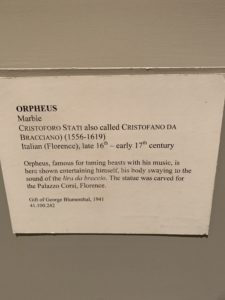

This sculpture is a depiction of Orpheus, known for being a famous musician and poet in Greek mythology, playing the violin. At the immediate eye view, one notices that the Bronze statue is very big in size- especially when seen in relativity to the other statues around it. The large scale of the statue helps catch one’s eyes and stand out amongst the others. Although it’s one solid color throughout, there are many details that bring the statue to life and give it a unique character, From the way the hind leg is positioned to be bent and elevated in relation to the front leg, to the way he’s playing the violin on the other side of his body as he looks upward not only makes it seem human-like, but it gives it almost this grace in it’s expression. The loss in stiffness, helps remind the readers, aside from the violin, that he’s an artist. This is an example of Renaissance art because there’s a lot of more flow in expression that help attribute to this overall involvement of art and even “rebirth”, which is what the Renaissance was all about.

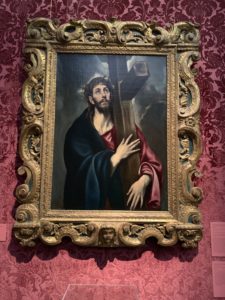
This painting is an image of Christ, carrying the cross. Christ being a very important and symbolic figure with significant Religious meanings, globally. In the painting, Christ is holding the cross very firmly with both hands (and as we know in Baroque Art there was the common presence of religion in the art) which can be interpreted as holding onto religion, as it wasn’t something fully accepted at the time. The colors, navy blue and a red that has rose highlights creating a silk looking material, are highly contrasted among the background of dark clouds, as is the Brown cross with white detailing creating a wooden appearing surface. Again, bringing attention to Christ and the cross, symbols of religion. Lastly, Christ himself is looking up to the sky and often this is a symbol or gesture done for hope, one done when in desperate needs, at that. With another symbol of hope this may reveal how hope and religion went hand in hand, and therefore baroque art was used not only to create dramatic, emotional art, but also to coincide with the more political side of things which involved religion.
While both Baroque and Renaissance art have had significant impacts in expression during their time periods, both were very different in how they manifested in art. Renaissance art included more Humanism, Realism, Greek/Roman art forms, linear perspectives, architecture, music, and much more. Baroque art, on the other hand involved more color, more dramatic scenes, details, to “create a sense of awe” for the audience, with intentions to “appeal to emotion”, and etc. They are both significant because they help show the difference in focuses and ideologies that Art helped carry throughout each of these specific time periods.

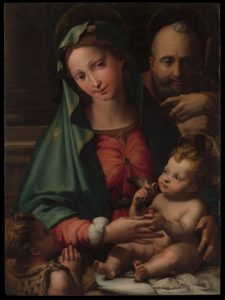
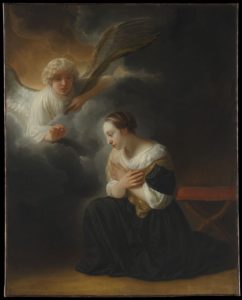

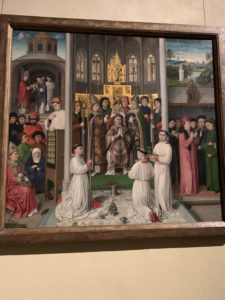


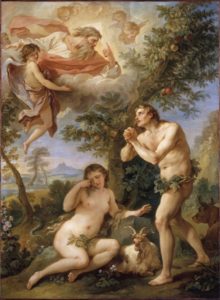


 The art work itself looks like its dripping in gold. It has a
The art work itself looks like its dripping in gold. It has a  The difference between Renaissance and Baroque art is that m
The difference between Renaissance and Baroque art is that m
